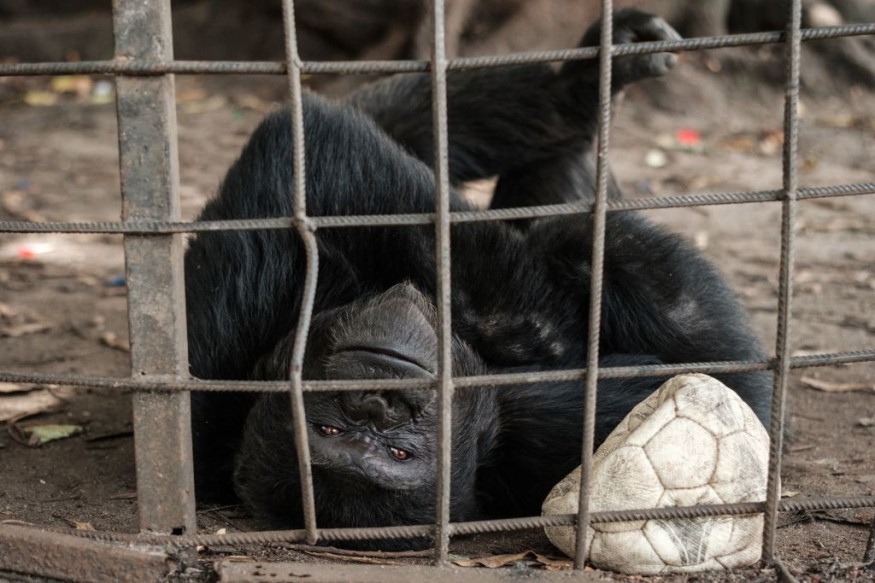
Most intelligent beings like to assume that the command of dialect distinguishes humans from other species' communicative talents, however a recent study on chimps may require humans to reconsider exactly how distinctive the human capabilities of communication truly are.
The Study on the Hidden Language of Chumpanzees
Investigators studied over 5,000 records of untamed grownup chimp cries in Ta National Park in Côte d'Ivoire for a latest analysis (aka Ivory Coast).
After scientists investigated the pattern of the sounds caught on the transcriptions, researchers were shocked to discover 390 distinct auditory patterns, which is similar to various sorts of phrases formed from various sound sorts, as reported by ScieceAlert.
In comparison to the nearly limitless potential for human phrase building, 390 different patterns may not appear too lengthy. Nonetheless, prior recently, no one realized that nonhuman chimpanzees had several diverse stuffs to talk to one other - since their communicative talents had not been assessed to a degree.
According to wildlife scientist Tatiana Bortolato of Germany's Max Planck Institute for Evolutionary Anthropology, the results indicate that chimpanzee auditory transmission is far more complicated and organized than originally anticipated.
The investigators sought to see how chimps aggregate single-use sounds into patterns, how they organize those sounds within the chains, and how they reassemble separate patterns into further lengthier repeats. Although chimp signal mixtures have previously been researched, the patterns that comprise their entire auditory capacity was never submitted to a large quantitative investigation.
To address this, the researchers recorded 900 hours of recorded conversations from 46 natural adult foreign chimps (Pan troglodytes verus) from three separate chimp populations in Ta National Park.
Furthermore, the authors discovered how auditory stimuli might be pronounced singly, in two time series (bigrams), or in three-unit patterns by examining the utterances (trigrams).
Experts also examined how distinct types of common speech patterns were arranged and melded, as well as mapping systems of how these sounds were mixed (for example, bigrams within trigrams).
Overall, there were a total of 12 distinct sound types discovered, which encompasses moans, gasps, hoos, growls, yells, and whines, that seemed to imply extra functions based on how they were employed, while also on the circumstances in which the conversation occurred.
5000 Chimpanzees Recorded by Experts
The study which was posted originally under the journal of Communication Biology claimed that the investigators unearthed that these unique varieties of commands could be blended in numerous forms to create 390 distinct sorts of interludes, which experts claim to be an outlier in terms provided that novel auditory patterns were still discovered as the investigators reached their site playback restriction.
Nonetheless, the evidence thus far suggests that chimp correspondence is significantly more complicated than previously thought, which has consequences for the complexity of point directly in their speech, as well as giving new clues into the origins of human language.
The chimp auditory network, which consists of 12 call types that may be utilized as individual units, bigrams, trigrams, or lengthier series, has the capacity to convey scores of diverse interpretations, as per the authors.
While this potential is far shorter than the limitless quantity of possible interpretations that verbal communication can create, it still gives a framework that extends over and above what has usually been deemed plausible in monkey processes.
Brill also reported that the group managed to acquire even bigger collections of chimp calls in the future to see how the variety and sequencing of spoken patterns related to flexible signal formation, which was not examined in this work.
By researching the rich intricacy of wild chimp speech patterns, a highly sophisticated creature like humans, researchers hope to get new insights into where we came from and how our distinctive vocabulary originated.
© 2025 NatureWorldNews.com All rights reserved. Do not reproduce without permission.





